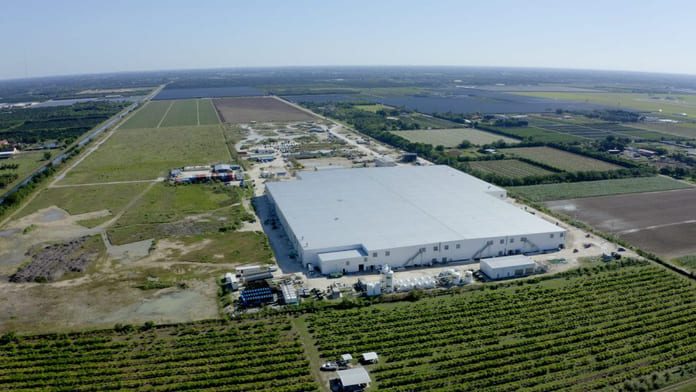While the company is approaching one year of consecutive weekly harvest, and supplying 2,000 retail locations, the losses have continued to stack up.
On Thursday, Land-based salmon farmer Atlantic Sapphire announced net losses of US$51.5m for the second quarter, 2021. This tops last year’s losses of US$10.7 million for the same period.
The company attributes some of the problems experienced to increased demand for liquid oxygen due to covid. Shortages forced the early harvest of some 100,000 fish at sub-optimal weights. This can have an impact on “regulations, supply chain and construction activities in the group”, the company noted in its quarterly report.
“As of today, deliveries of oxygen in Florida are subject to extremely high demand from health and community safety customers. Limited supply of oxygen to the United States, combined with US federal working time restrictions on truck drivers, has limited their ability to deliver oxygen. This is expected to continue in the coming weeks. Ultimately, the consequences and timeline of the coronavirus are still unclear, and the overall effect on business is uncertain.”
For the time being, Atlantic Sapphire must reduce the feeding of the fish.
On Twitter, CEO Johan E. Andreassen expresses a hope for an early increase in feeding. Because without feeding, there will be neither biomass growth nor salmon to harvest. Then there will be no income either – while the costs continue to stack up.
Stock prices for the Miami based company plummeted by 20.8 per cent after the company announced the losses. Atlantic Sapphire shares are now trading below NOK 60 – for the first time since 2018.
Total harvest volumes for the first half of the year were 1,275 tonnes, up from 989 tonnes the previous year.
Atlantic Sapphire is best known for its Miami Bluehouse salmon. According to the company’s report, Atlantic Sapphire now estimates that 3,000 tonnes of harvest volume from the Miami plant can be pushed forward from the second half of 2021 to 2022. Lower harvest volumes are expected during the first half of 2022 due to lower numbers of fish.


